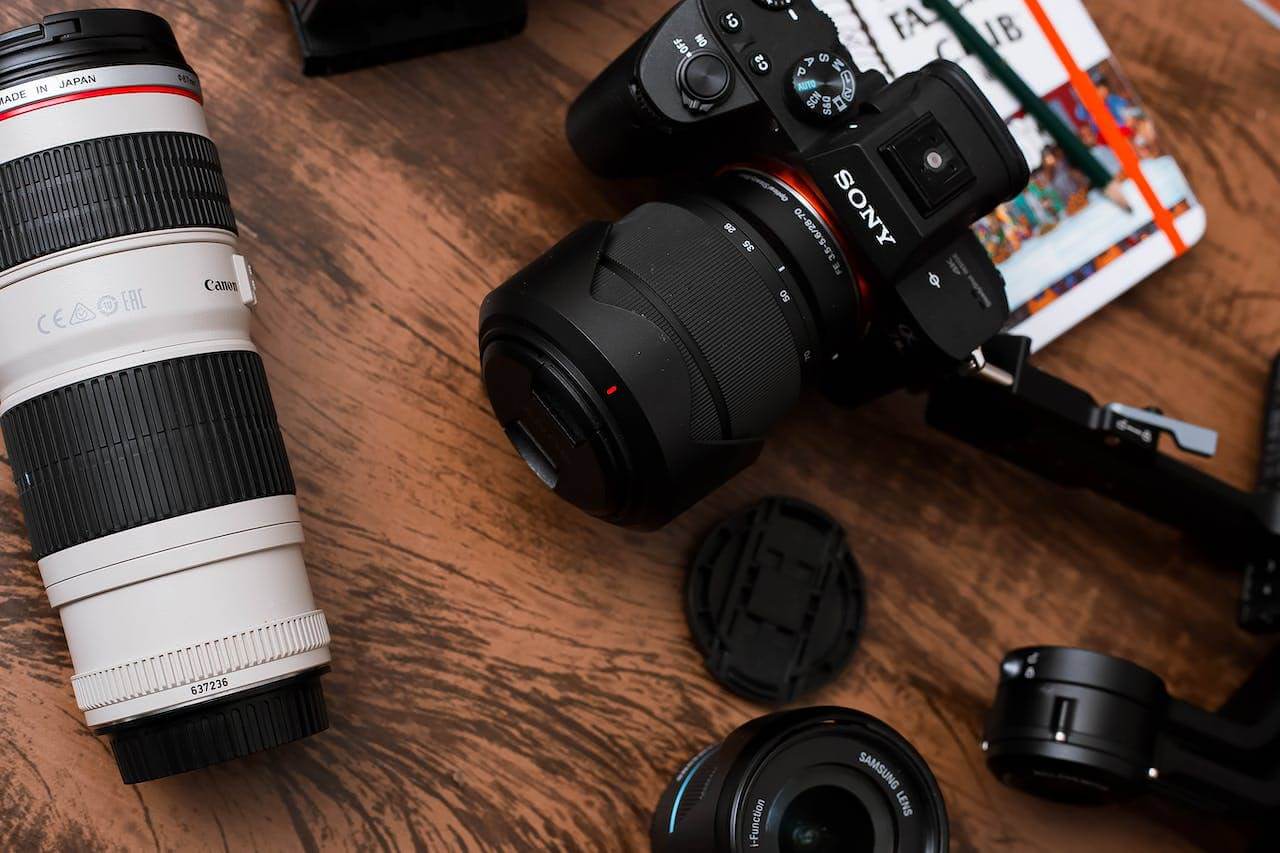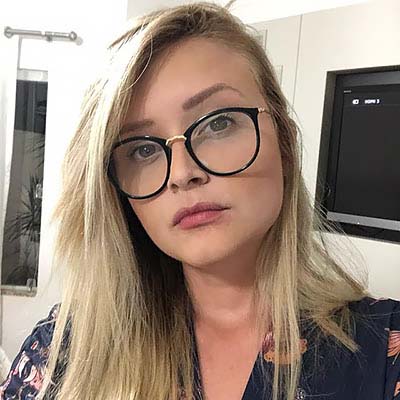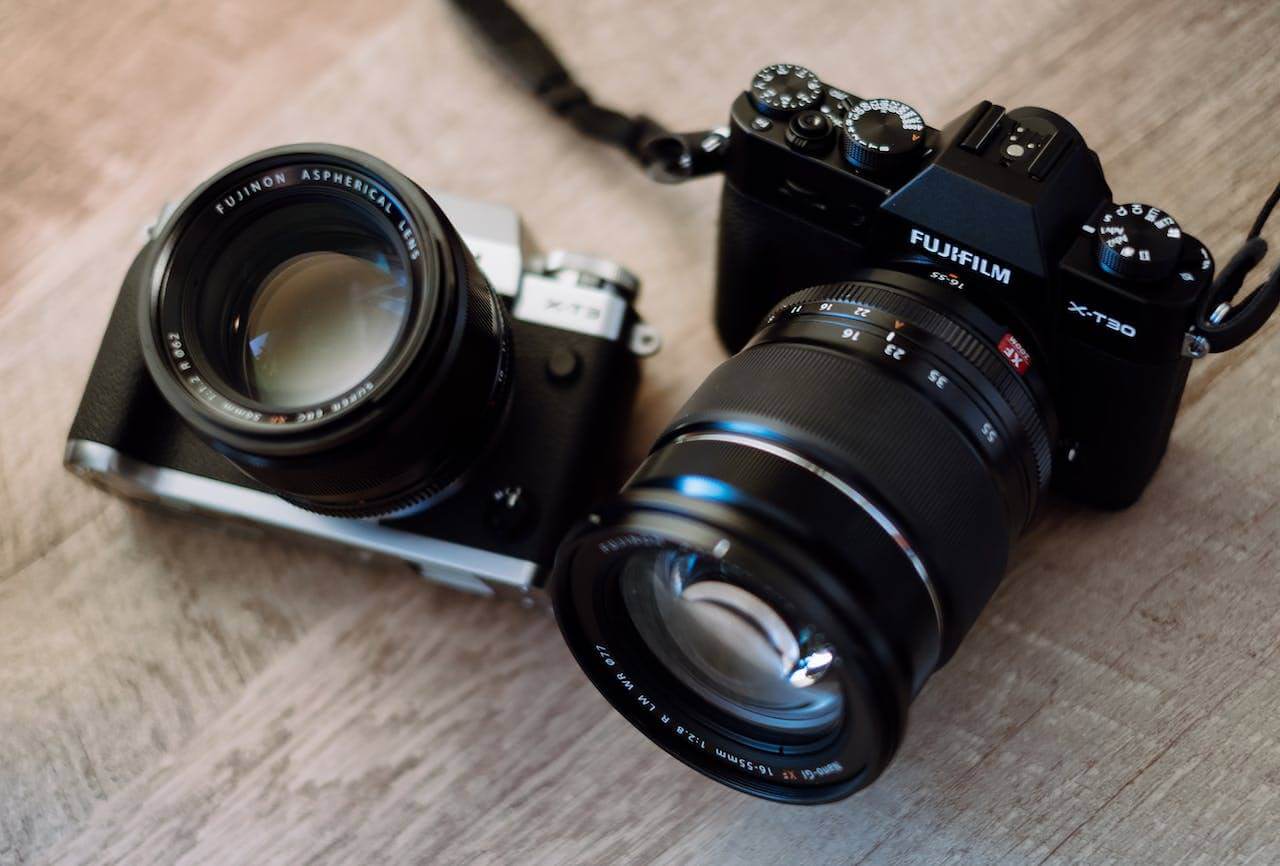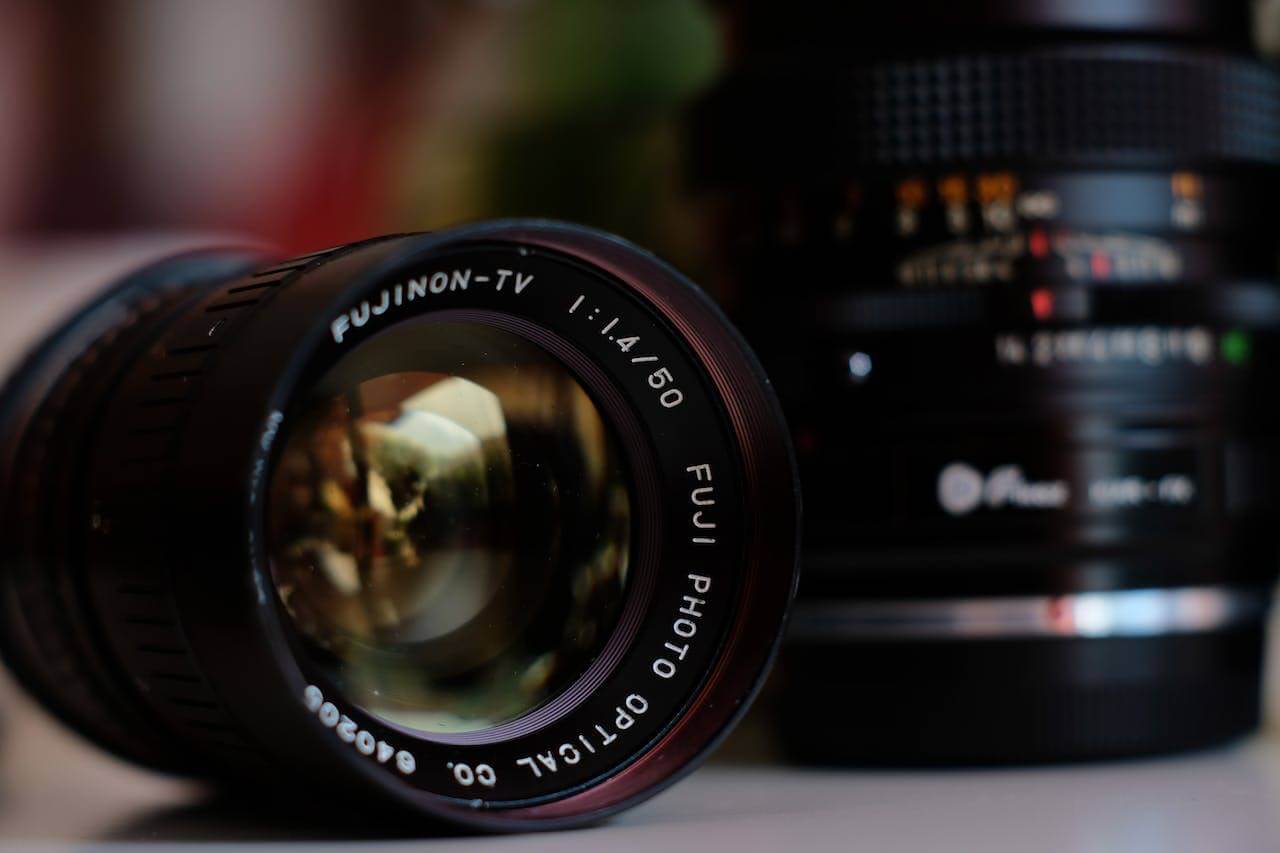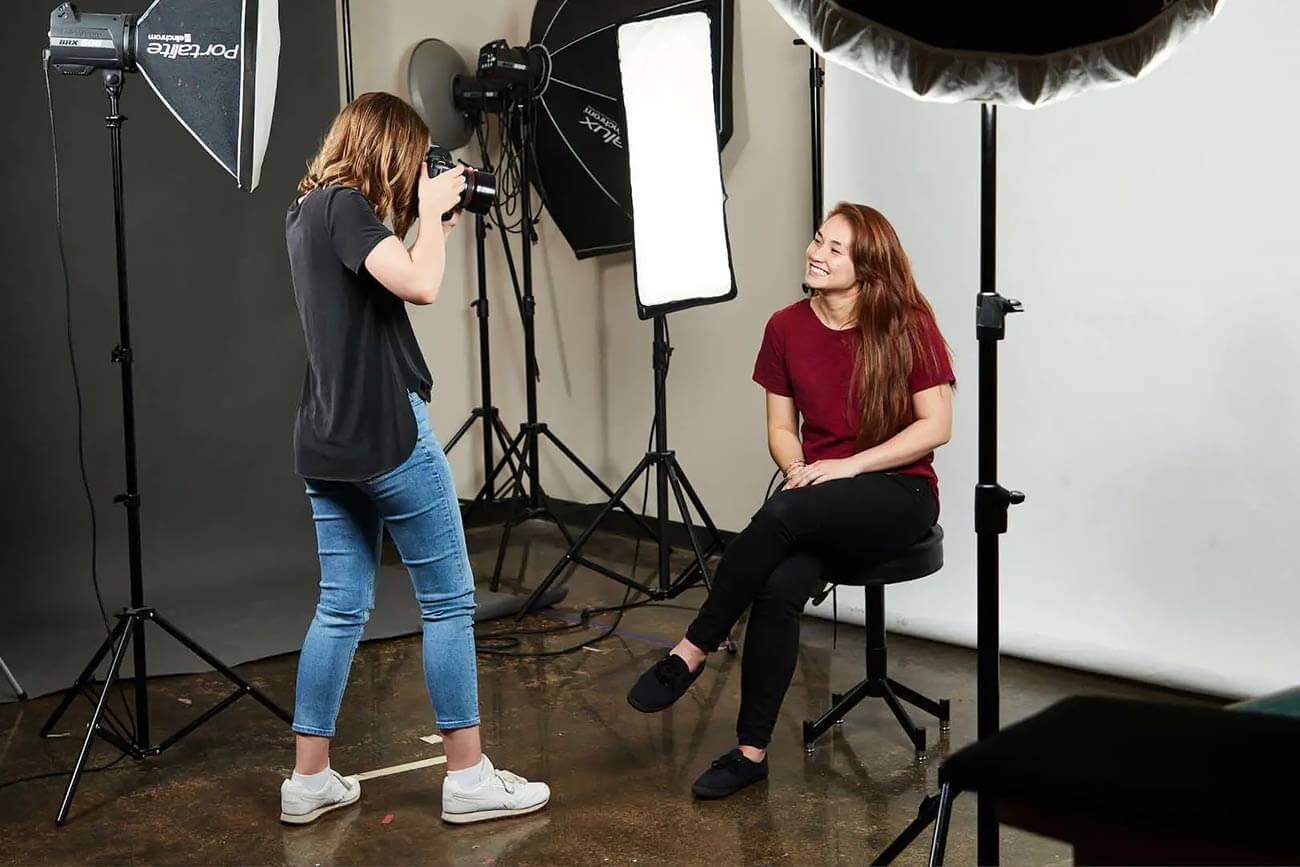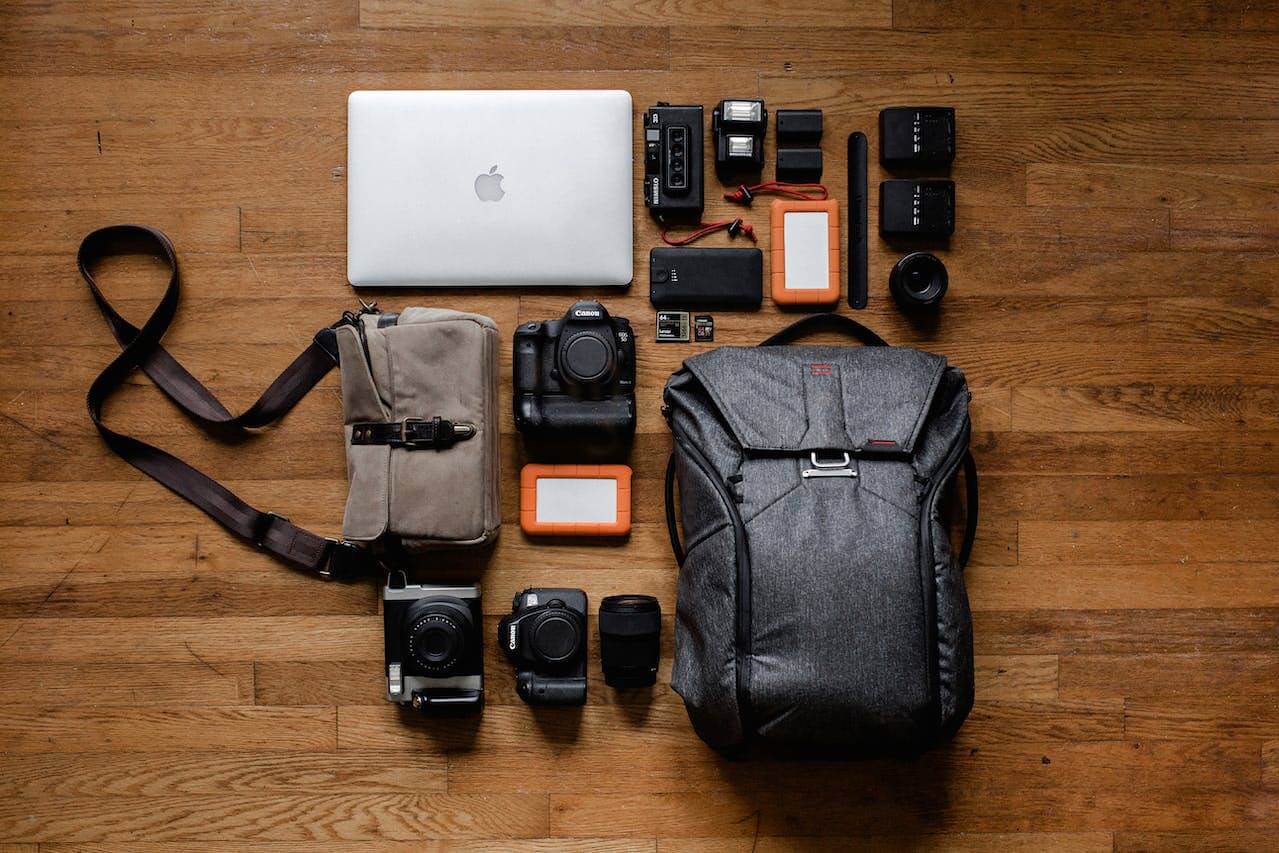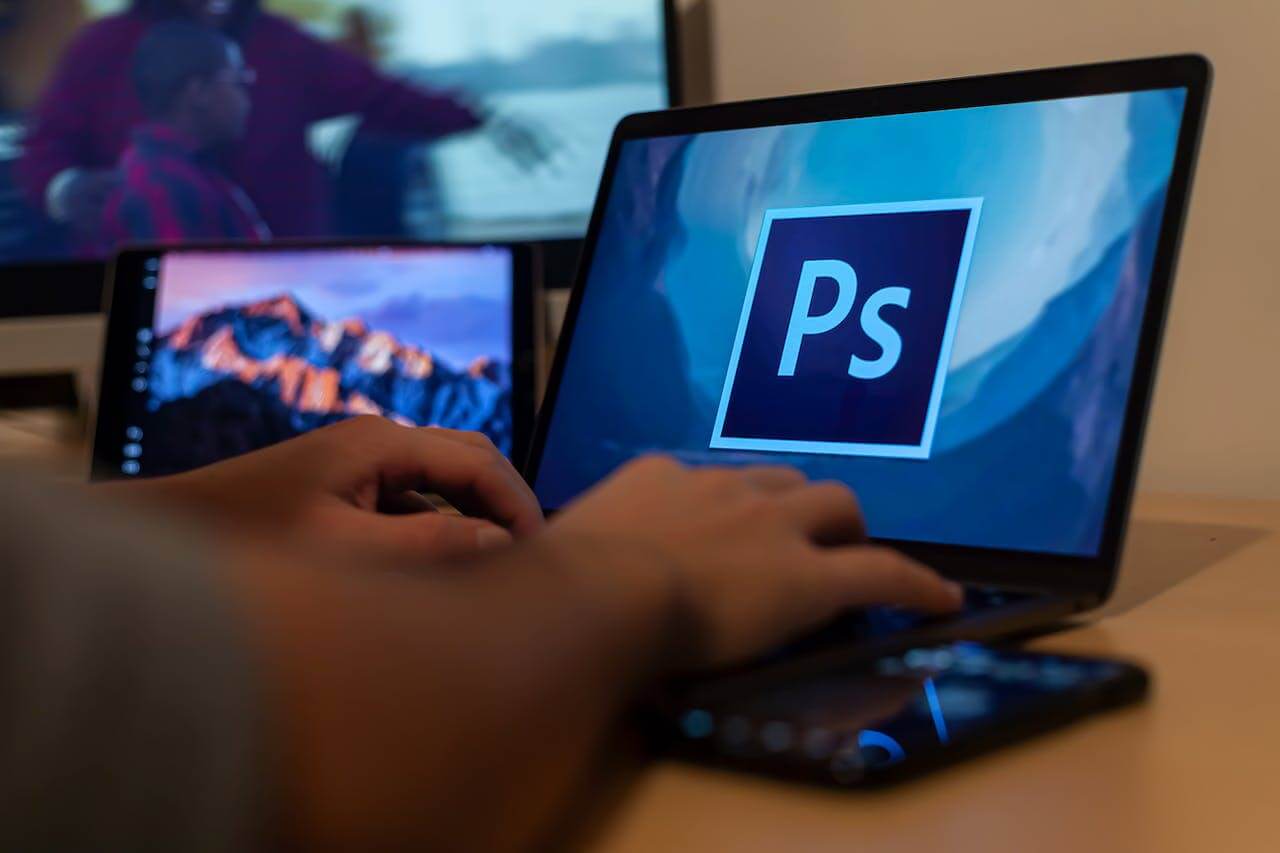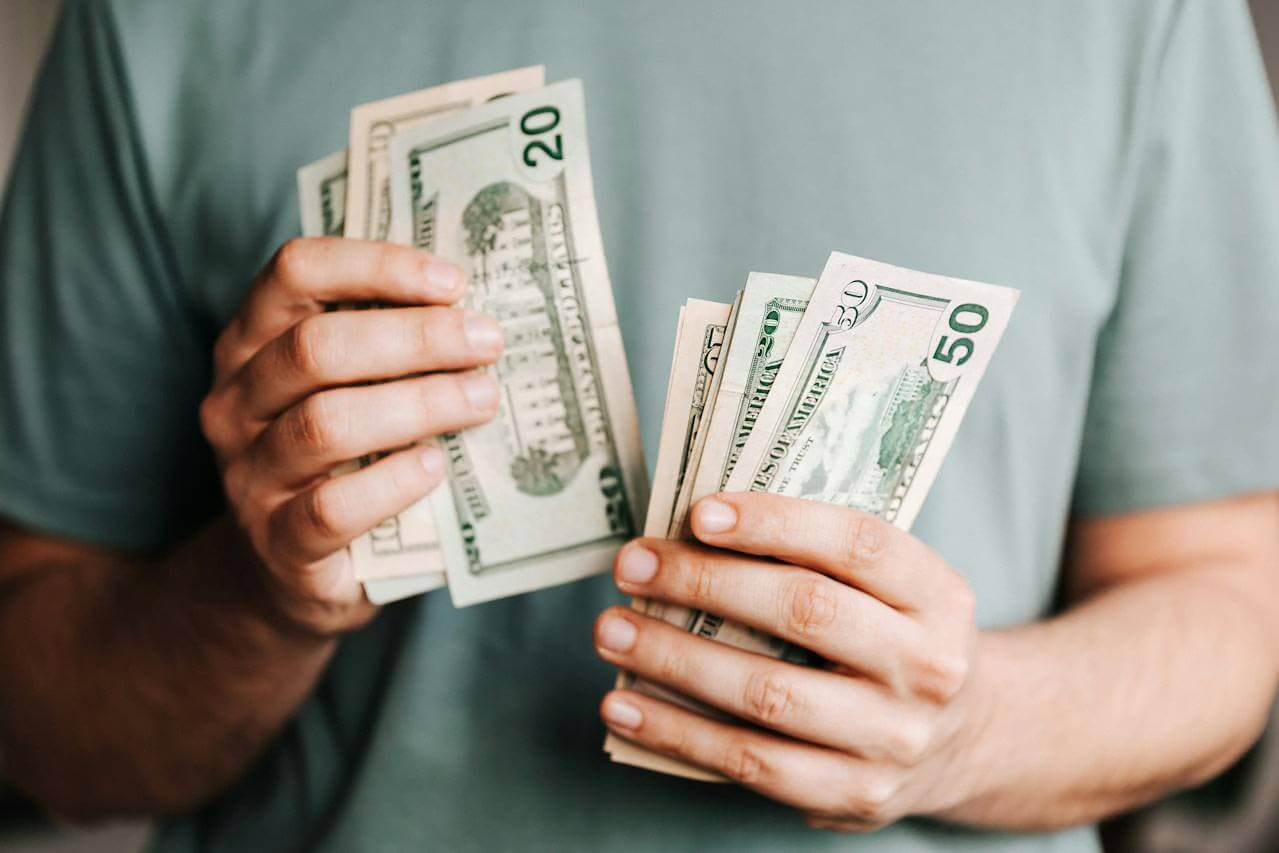Headshot photography is a significant style that takes much skill and expertise. But apart from just skills, clicking headshots requires a specific type of gear that ensures your pictures come out with the best quality.
Honestly, these days you can even take convincing headshots simply with your smartphone. However, getting that professional quality is all about using the optimal gear.
Don't know where to start? Then, check out our gear guide for headshot photographers which includes the best kind of photography gear suited towards taking headshots. Let's get started with it.
Importance of gear in headshot photography
No matter how you look at it, gears can have an impact on photography. Good gear can't make bad photographers shine, but in the right hands, it can do wonders that mediocre photography gear can't. Having the right tools can always ease your life in every single way.
Here's how gears can turn you from an amateur to a professional headshot photographer -
Improves technicality of pictures
High-end gears can level up the technical quality of your photos including sharpness, resolution, and low-light performance. Also, capturing details can come down to the gear you use for clicking pictures. These things are dependent on the gears, not on your skills as a photographer.
Gives you better creative control
Gears can't make you creative, but if you are creative with quality gears you get a lot of opportunities to be creative. For instance, high-end gears come with advanced features like wide aperture, off-camera flash setup, or zooming abilities. These can help you click highly creative headshots.
Makes photography more efficient
Technology has always made things easier for humans. With high-tech photography gears, your photography journey becomes easy and efficient. Features like fast auto-focus, dynamic connectivity, heavy duty build, can turn gears into necessary helping hands.
In short, taking good pictures will always be up to your skills and expertise. But gears can give you some benefits in terms of the technicalities of a picture.
What does this gear guide offer?
What you get in our gear guide is the straight path to successful headshot photography. If you have the skills, you just need this guide where you will find the best gear for clicking headshots.
Here, we list out cameras, lenses, lighting equipment, extensions, stands, mounts, tripods, and so forth. After going through the whole guide, you will have the perfect setup to start your journey in professional headshot photography.
If you don't have much knowledge about photography gear, then this is the perfect guide for you.
Gear Guide for Headshot Photographers
To be the best, you have to follow the best. When it comes to headshots, New York photographers are a class above the rest.
Keeping up with that, we have listed the gear setup which a
professional headshot photographer in New York City would use.
Ideal Cameras for Headshot Photographers
There are plenty of cameras out there that are capable of capturing impeccable headshots. However, some cameras just do it a bit better, especially DSLR and Mirrorless cameras.
Usually, mirrorless cameras are quite expensive and they are faster in operation. One of the best mirrorless cameras you can get for your new clicking portraits is the
Sony Alpha 7 IV camera with some excellent features.
But if you are just starting as a beginner and want a more affordable option, then go with a DSLR camera. Out of many choices, the
Canon EOS Rebel T7 is one of the best DSLRs out there for portrait photography within a budget. Pair it with a good lens, and you are golden.
Lenses
Along with a good quality camera, the most crucial thing you have to pick is the lens. In terms of lens, there are two choices you can go with a zoom lens or prime lens. While zoom lenses are versatile, prime lenses provide the best quality for portraits and low-light photos.
For headshots, you can pick prime lenses with two different focal lengths. One can be a 50mm lens and the other one can be 85mm. With 50mm, you can choose the
Sony - FE 50mm F1.8 for the best quality. But to save some money, the
Canon EF 50mm f/1.8 STM is an excellent pick.
In the 85mm category, you have
Sony 85mm f1.8 FE as the best-performing lens. Another great choice is the
Canon EF 85 mm if you have a Canon camera with an EF mount.
You can also opt for a zoom lens that may not give you the most desirable portraits, but you get versatility. The best option for you is to go with a 70-200mm lens.
If you have a higher budget, you go with
Sony FE 70-200mm f/2.8 GM OSS and if you want something under $1000 then go with the
Canon EF 70-200mm f/2.8L USM.
Equipment for natural light headshots
Pictures with natural lighting always come out better than a studio-lit picture. Several different tools can help you achieve a stunning natural light effect using flashes or any kind of lighting source.
You can get a complete kit for that purpose, or you can get the tools individually depending on your needs.
Reflector
A reflector can help you manipulate the natural light based on your creative preferences. It's the perfect tool to have for outdoor headshot photoshoots. They can bounce the sunlight and fill in the shadows in your pictures.
One of the best reflector options you have out there is the
Neewer 5-in-1 Portable Round 43 in/110cm Light Reflector. It has 5 different surface options that give you plenty of different opportunities to click amazing portraits with creative lighting effects.
Tripod
A tripod is immensely important when you want to click pictures at a slow shutter speed. You can avoid camera shake and get much more stability in your camera with a quality tripod. The
Vanguard VEO 3GO 235AB is a great choice to have for clicking headshots with a basic setup.
Umbrellas Or Other Shade
Photography umbrellas are great for creating a soft feathery lighting effect while taking a portrait. This makes sure the light spreads on the subject evenly. While you can get any umbrella out there, the
Godox White Parabolic Umbrella can be a great option to start.
Equipment for studio headshots
Taking pictures in a studio setup is much more difficult than taking pictures outdoors due to lighting. Here, you need to have a flashlight to have the necessary lighting to click a picture.
You need to have a proper setup to click professional quality headshots within a studio. The gears can be for lighting, or for creating a decent studio environment.
Studio lighting
The first thing you must have in a studio is the studio lighting setup. Whether you use continuous lights, speedlights or monolights, anything will work with headshots. How you will use the lighting depends on what kind of picture you have to take.
If you want some powerful lighting that has consistent light output and is also controllable, then go with monolights. Some popular choices for moonlights are
Profoto B10X & B10X Plus or you can get the
Godox AD300 Pro.
Or get a complete studio lighting kit like the
Fovitec 2-Light XL Fluorescent Studio Lighting Kit. It's an all-in-one solution for all your studio light problems.
Light modifiers
When you are using studio lights, sometimes they can get a bit too harsh and ruin the pictures. That's where the light modifiers come into play. Gears like softboxes, umbrellas, reflectors, beauty dishes, snoots and grids can help you manipulate light in different ways.
You can start with a setup like the
EMART Softbox Lighting Kit. Or you can find each of these tools individually from various brands like Godox, Profoto, Neewer, Elinchrom, and so forth.
Backgrounds
Backgrounds are all about your personal preference. You can simply have a plain wall with a solid color. Most of the time, a white background works flawlessly for headshots and portraits. Other than that, sky blue, cream, paste, gray and light yellow are some great choices for backgrounds.
If you want to add some flavor, then you can try using textured prints on the wall for that. Various patterns with geometric shapes or lines also work great for headshots. Just make sure it doesn't get distracting or too messy unless the photoshoot demands it.
Boom / Extension Arm
Light Stands or extension arms are important for supporting the light modifiers. You can use these tools to position your light to find the right angles and adjust the lighting accordingly.
With a high-quality boom arm, you can have great control over the lighting movement. And you don't even need to remove the lights from the mounts or alter the setup at all.
You can find a lot of options out there, but the
Neewer Photo Studio 2-in-1 Light Stand is a great choice to start with.
Stands & Other Mounting Equipments
Stands, tripods, or any other mounting gears are crucial, whether you have a studio or not it doesn't matter. You need to have stands and mounting gears whenever you go to a place for a headshot session.
Light stands can help you set lights and light modifiers to create your perfect lighting setup. You can use boom arms to control and move the lighting any way you want with flexibility.
Moreover, you need to have clamps and grips to securely fit the light and light modifiers on the stands or boom arms.
Emart Heavy Duty Spring Clamps are some of the best choices to have in a photography setup for sure.
Perfect Headshot Photography Bag
If you plan to go professional with your headshot photography career, it's important to have a high-quality bag to carry your equipment. Usually, you will need at least two different types of bags.
One is a compartmentalized bag for your camera, lens, accessories, modifiers, flashes and batteries. For example, the
TARION Camera Bag is a perfect compartmentalized bag choice that comes at a reasonable price.
Another bag you need is a rolling camera case or a larger bag to carry your light stands, tripods, boom arms and other similar gears. The
Think Tank Tripod Manager is an excellent option for that.
Storage (Memory Card/ External Hard Drive)
Another important piece of equipment you need to start your journey as a professional headshot photographer is a storage device. You will need high-capacity SD cards for your camera.
Usually, any SD card with 64 GB to 128 GB should work for a beginner. You will need to get multiple of those cards for particular projects. But if you happen to click a lot of pictures, then try getting something between 512Gb to 1TB.
Another storage device you need is the external hard drive. It's for people who need to store a lot of photos or have to transfer a lot of photos, where SD cards aren't enough. Try choosing SSDs for faster and better data transfer.
Photo Editing Software
The last thing you need to consider even though it's not a physical camera gear, is the editing software. It's very crucial because, no matter how the picture is, it does require a bit of retouching and editing to achieve perfection.
You can use any editing software based on your preference. But whenever we think about professional photo editing, Adobe always comes out on top. For editing purposes, you should use Adobe Photoshop. For retouching the photos and making the portraits appealing, lightroom is a great option.
You can also use several different AI editing software out there that can give you the desirable results without too much effort or expertise.
Budget Considerations
Now that you have a clear idea of what gears you need, let's dive into finding out how much it can cost to complete the setup. Here's a budget breakdown based on our photography gear guide.
Gears/ Category -
Cost
Camera Body:
$400 up to $3000
Lens:
Prime Lenses: $250 to $2000
Zoom Lenses(70-200mm): $500 to $2000.
Reflector
$30 to $100
Tripod
$25 to $300+
Umbrellas
$30 to $150
Studio Lighting
$300 to $2500
Light Modifiers
$100 to $300
Backgrounds
$20 to $200
Boom Arms
$30 to $150
Stands and Mounts
$100 to $300
Photography Bags
$50 to $400
Storage Devices
$50 to $300
Photo editing software
$20 per month
Keep in mind that this is a rough budget and not a solid pricing statement. Depending on where you live the prices can vary a lot. But this is a great place to start and get an idea about the pricing of these gears.
Conclusion
After going through this whole gear guide for headshot photographers you have an idea of what you need to start this journey. It's not necessary to get all of these together at the same time. You can start gathering these one by one.
Also, you don't need to get the particular product we have suggested here. You can check out other choices. Just make sure to do your research before the purchase and you should be good.
If you have no idea of these things, our suggestions and budget guide are always there to help.
